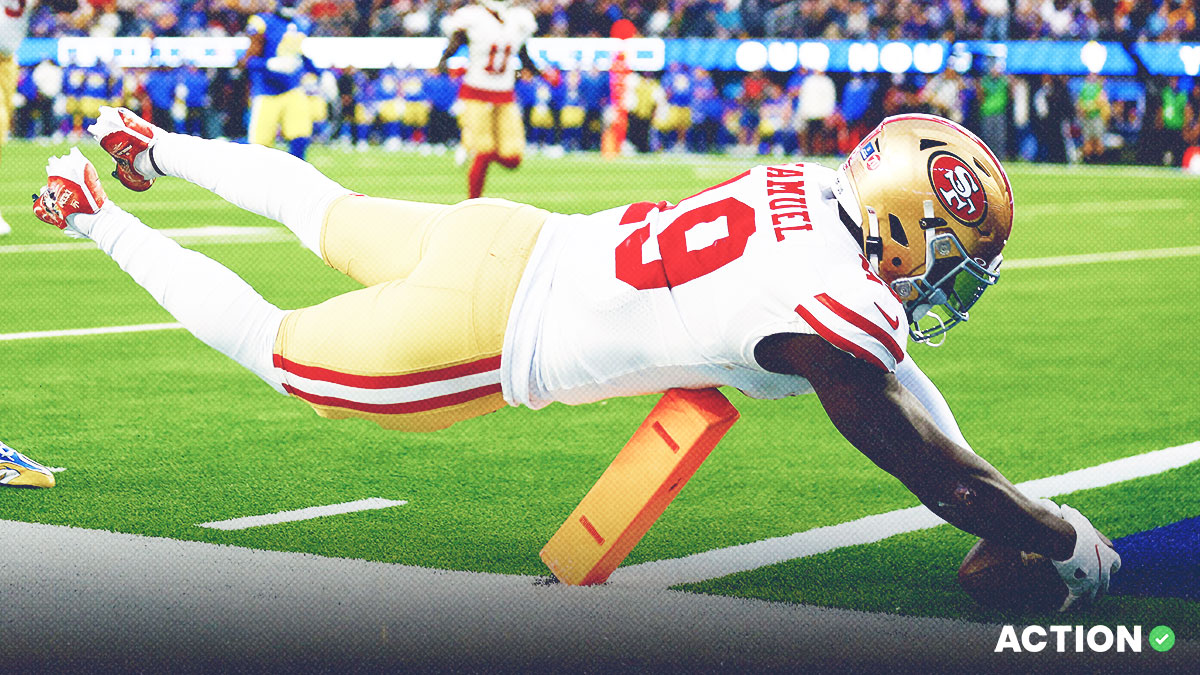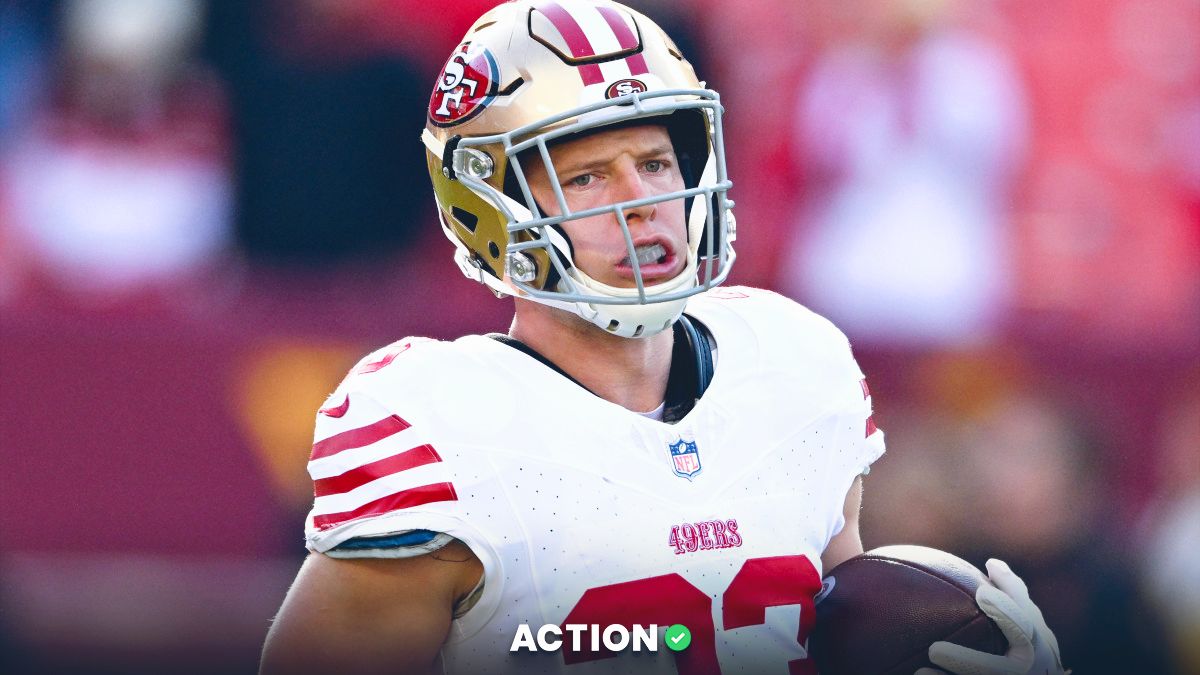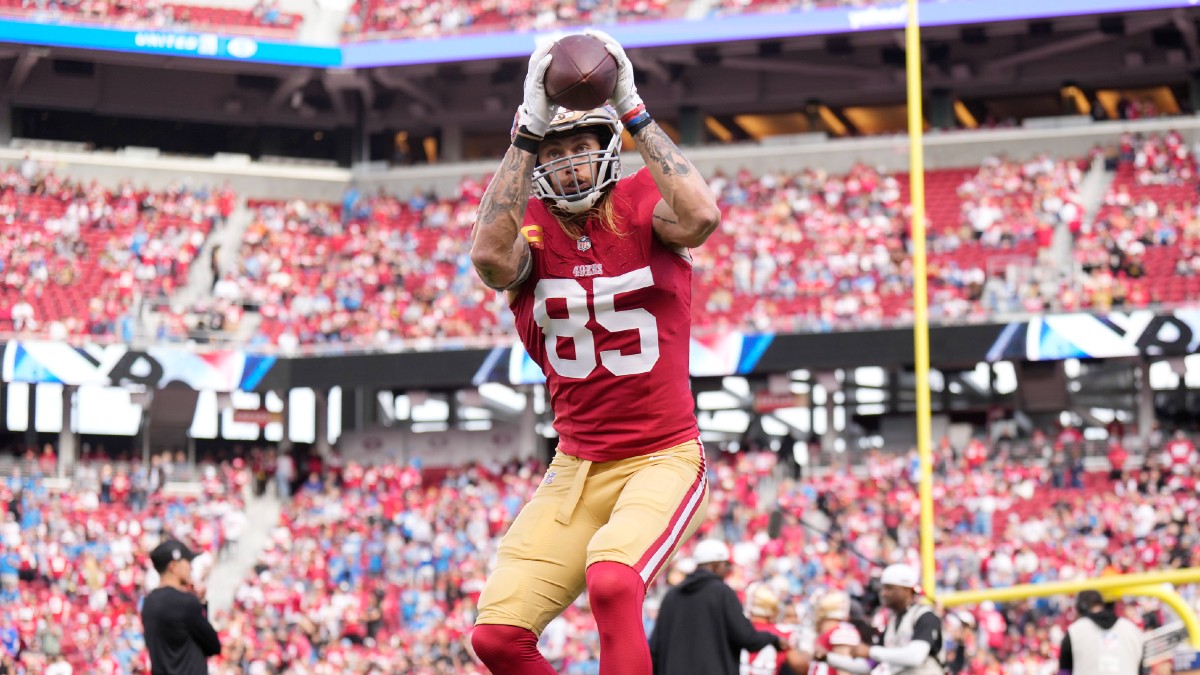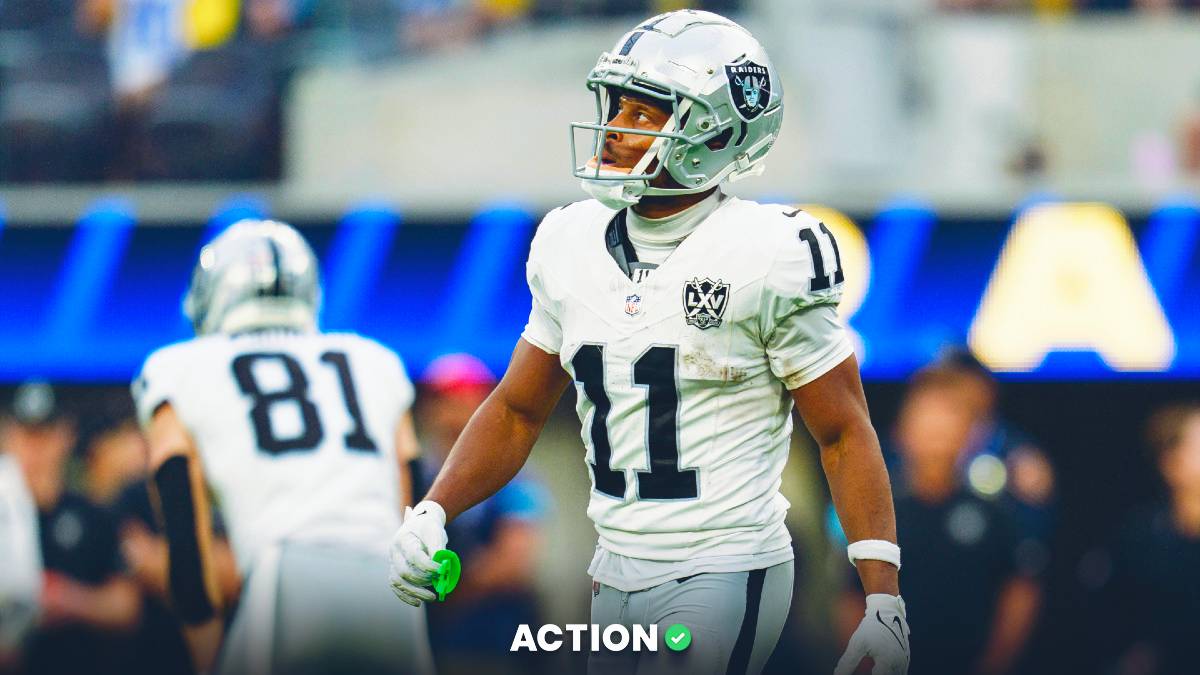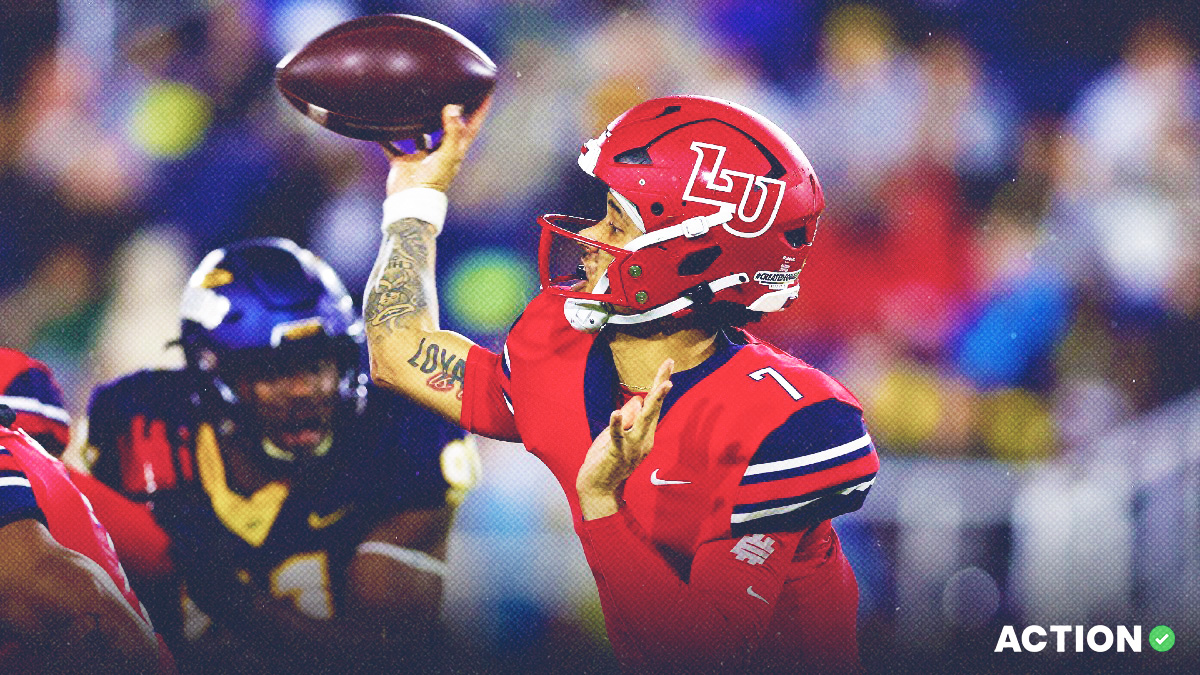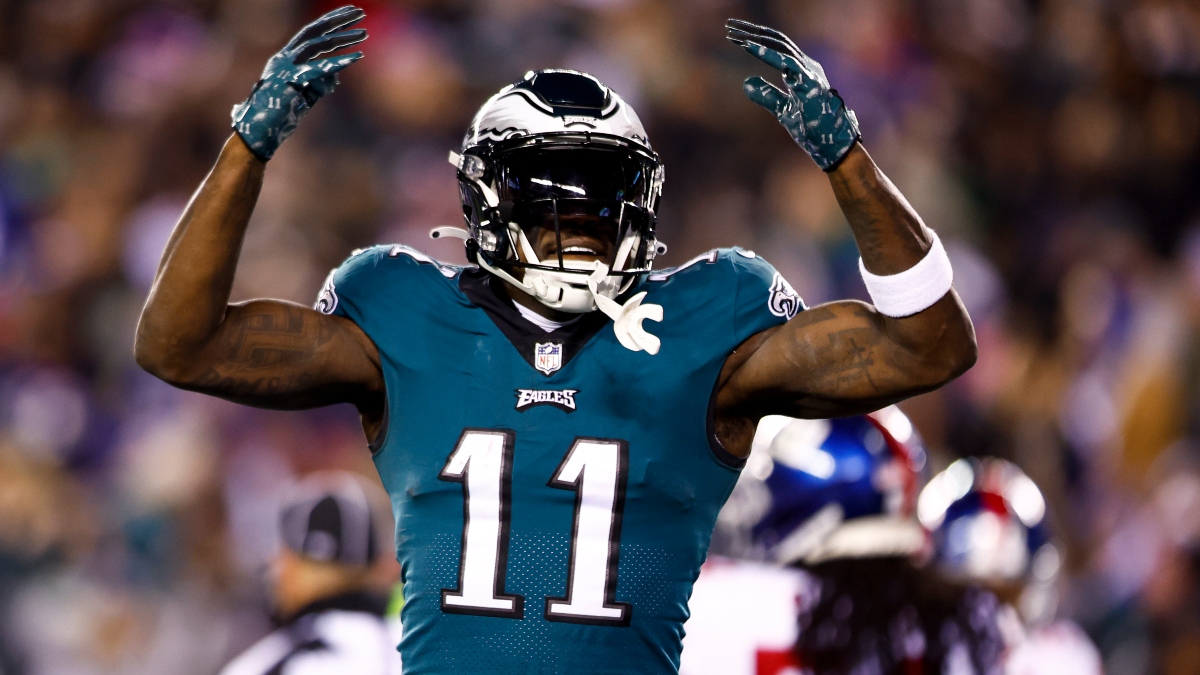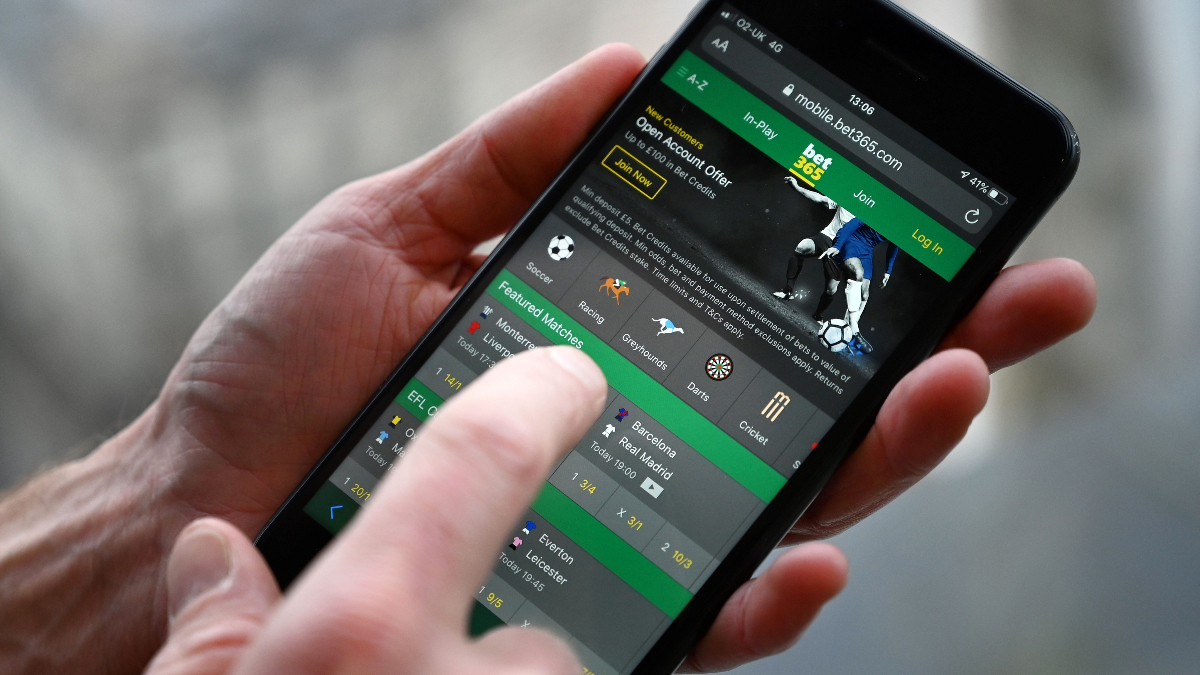Have you ever heard the saying that, "the most important minutes of a football game are the last 4 minutes of the second quarter and the first 4 minutes of the third quarter?"
Probably not! Conventional wisdom in sports tells us that the most crucial moments of any game are those that come in crunch time – in the late stages of the fourth quarter or the ninth inning – but football has a pivotal period that does not follow that line of thinking.
It's called the Middle 8, and it plays a big role in the outcomes of football games week in week out.
The middle 8 is what it sounds like. The term outlines the section of a football game that occurs in the last 4 minutes of the first half (or second quarter), and the first 4 minutes of the second half (or third quarter).
With both college football and the NFL being played with 15-minute quarters, this means the 4:00 – 0:00 period of the second quarter and the 15:00 – 11:00 period of the third quarter.
According to Michael Lombardi, Bill Belichick created an entire game management theory around the middle 8. In Gridiron Genius, he states that, "If the Patriots could manage a drive at the end of the second quarter, that would keep the opposing offense off the field for almost an hour of real time."
Lombardi contends that this strategy was crucial in playing Peyton Manning, who often led a lethal Colts offense.
Because middle 8 statistics are hard to come by, I decided to look at each NFL game that was played in week 2 to determine what type of impact the concept had. The results were resounding.
Out of 16 games, the winner of the middle 8 won 12 games. On two occasions, the winner of the middle 8 lost and in two games teams split the middle 8. In gambling terms, the record of the middle 8 was essentially 12-2-2.
Now, there are pieces of context that could discredit the impact of the middle 8, and with good reason.
There are a number of games in which scores occurred just outside of the middle 8 range (Chargers had scores on each side outside of middle 8, lost game), and a number of games in which there were clear pivotal moments that occurred outside of the middle 8 (see: Vikings miss 37-yard field goal at end of regulation).
This is natural for any metric, as it's impossible and incorrect to pin results on any one measure.
With that being said, the effect of the middle 8 is there, it's just a matter of how much games are influenced by it. Every week's results will differ in relation to the middle 8 and outcomes, but it is a stretch of the game that plays a role in games.
According to SportSource Analytics, the middle 8 has a major impact on outcomes at the college level.
- From 2014-2019, teams that won the middle 8 minutes of the game at the FBS level won the game 74% of the time.
- In the same span, of the top 10 teams in winning percentage from the FBS, six were in the top 10 in highest scoring differential in the middle 8.
No matter the level of the game, the middle 8 consistently plays a role in outcomes.






